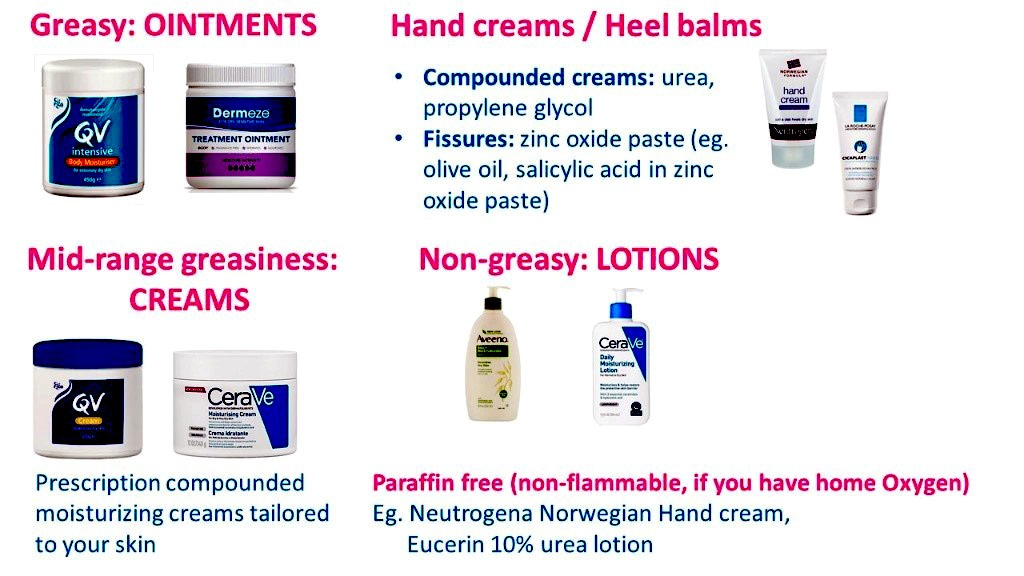Raynaud’s (pronounced RAY + NODES) is a condition which causes extremities to become freezing cold, numb and possibly change colour to red, white and / or blue, in response to cold temperatures. The most commonly affected site is the fingers, but the toes, nose or ears can also be involved. The severity of Raynaud’s can vary greatly. Some people might just have intermittently troublesome cold fingers in the winter, while others might have debilitating changes with swelling, severe pain and even fingertip ulcers, all year round. It can seem impossible to keep the hands warm, and doing daily activities like shopping in the fridge section of the supermarket, going for a walk in winter or cool wind, or enjoying pastimes such as skiing can become almost impossible.
Raynaud’s occurs when the tiny blood vessels which supply oxygen and circulating warmth to abnormally constrict and dilate relative to temperature changes and cold. It is often split into two types; primary and secondary. When Raynaud’s is primary, it occurs on its own and there is no specific cause. When Rayaud’s is secondary, it occurs along with a connective tissue disease such as Lupus or Systemic Sclerosis. There are some other key differences which are summarised here.
It’s important to know that most people with Raynaud’s DON’T have any other problems, however depending on your symptoms and circumstances, some further tests may be recommended to rule out secondary Raynaud’s. So if you are worried, a Dermatologist or Rheumatologist with expertise in this field will be able to help you. Sometimes we may need to monitor your symptoms, blood tests and other specialised tests for several years to make sure things don’t progress into anything more serious.
So, what can we do to help keep your freezing cold Raynaud’s affected fingers or toes warm?
Firstly, there are lots of simple things you can implement yourself. Using double lined gloves can be helpful. Avoiding exposing your fingers to sudden temperature changes can also be important as it can be these abrupt changes which cause the tiny blood vessels in the fingers to quickly contract, causing you problems. Exothermic hand or foot warmers are available in pharmacies or ski shops and can be placed inside gloves, socks or shoes to keep these extremeties warmer. It is also important to avoid particular products which can sometimes make Raynaud’s worse and one of the most important things here is smoking. Smoking causes changes to the blood vessels which can exacerbate Raynaud’s and make it worse. It is SO very important not to smoke! If you need assistance with quitting, your GP is a good first port of call. Caffeine in coffee or other caffeinated drinks can also have a detrimental impact on the severity of Raynaud’s.
What about supplements and natural products? Does anything help?
Absolutely! For some people, gamolenic acid (or GLA for short) can be useful. Other antioxidants can also be used, such as Vitamin C and Vitamin E. Sometimes Ginko Biloba or Ginger are also added. All of these products are available over the counter and can have other health benefits. However if you take other medications it is important to ensure there are no interactions.
Then there are lots of prescription medications which can help stabilise and dilate the blood vessels, to lessen the symptoms of Rayanud’s. For severe cases these can be taken long term, but in milder cases they may just be used on an as needs basis during winter. These can include medications used for high blood pressure such as calcium channel blockers or angiotensin receptor blockers, or other medications such as sildenafil or fluoxetine. Other tablets, IV or injection treatments such as Botox are also sometimes available for severe and treatment resistant cases. Many of these treatments can be extremely effective, but need to be tailored to you and your individual symptoms.
If you have Raynaud’s and have a question, concerns about your condition or would like to find out more, please don’t hesitate to get in touch and I would be very happy to help.
Written by AProf Amanda Saracino
© 2023 AProf Amanda Saracino




